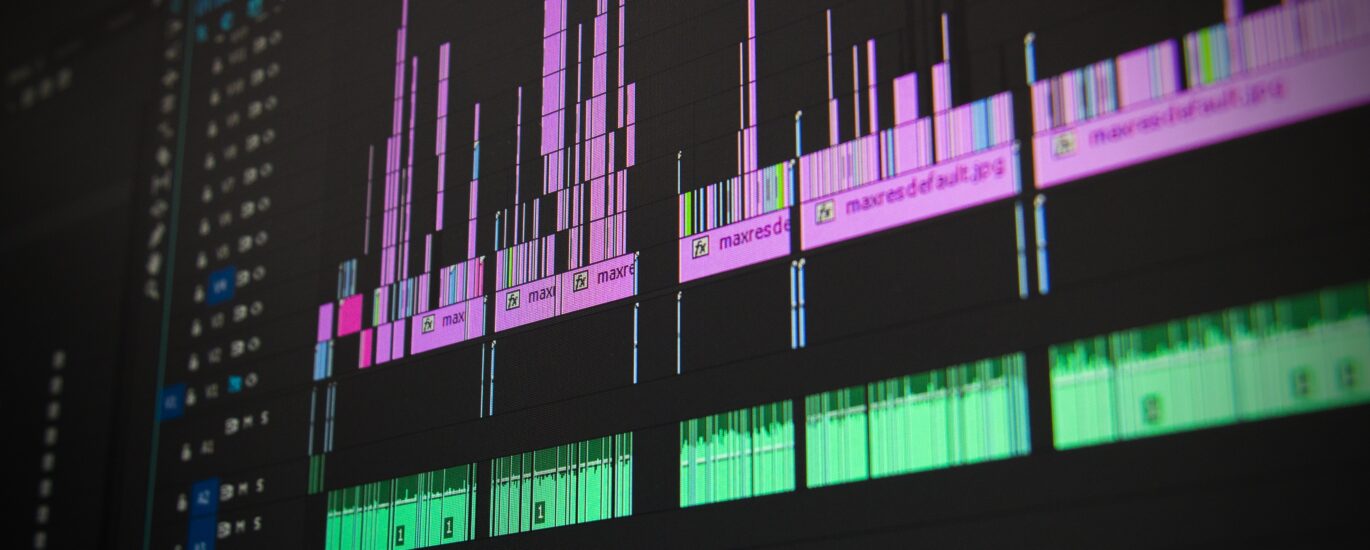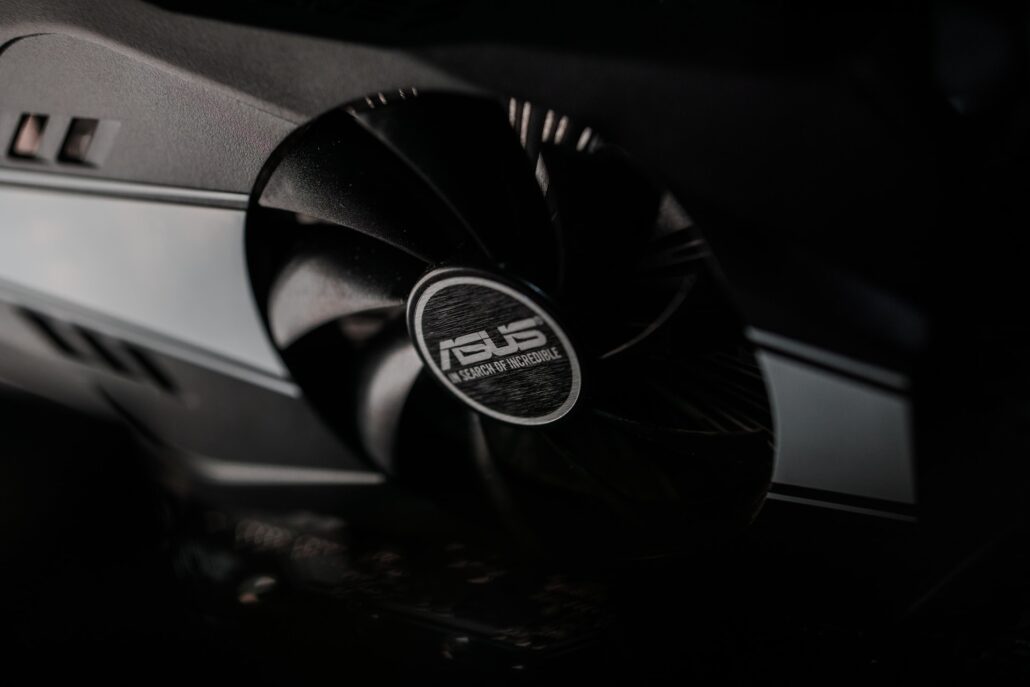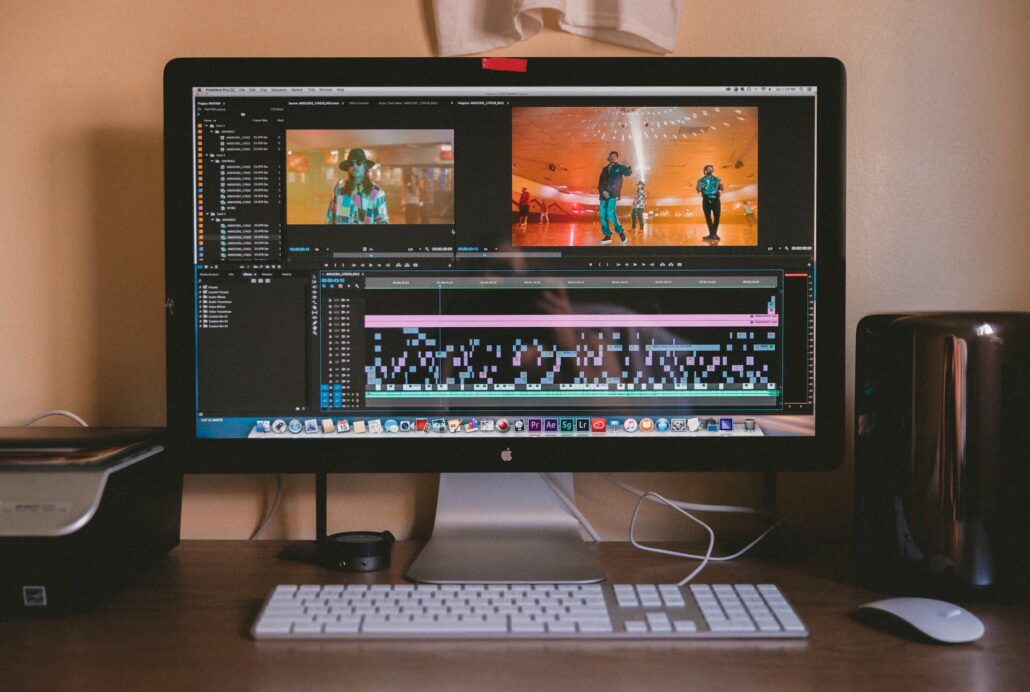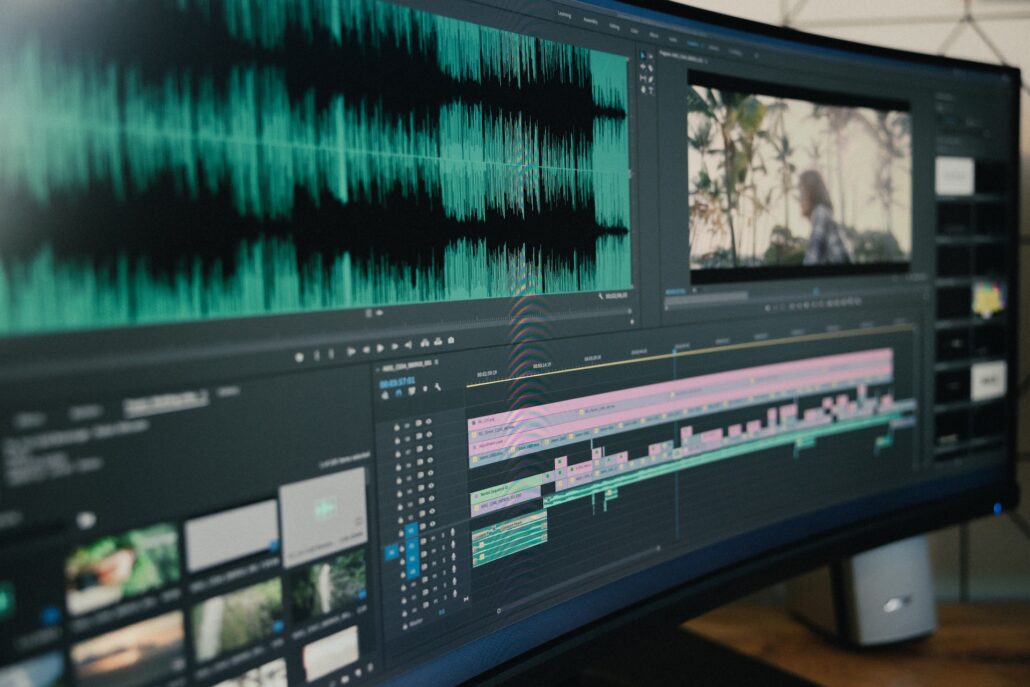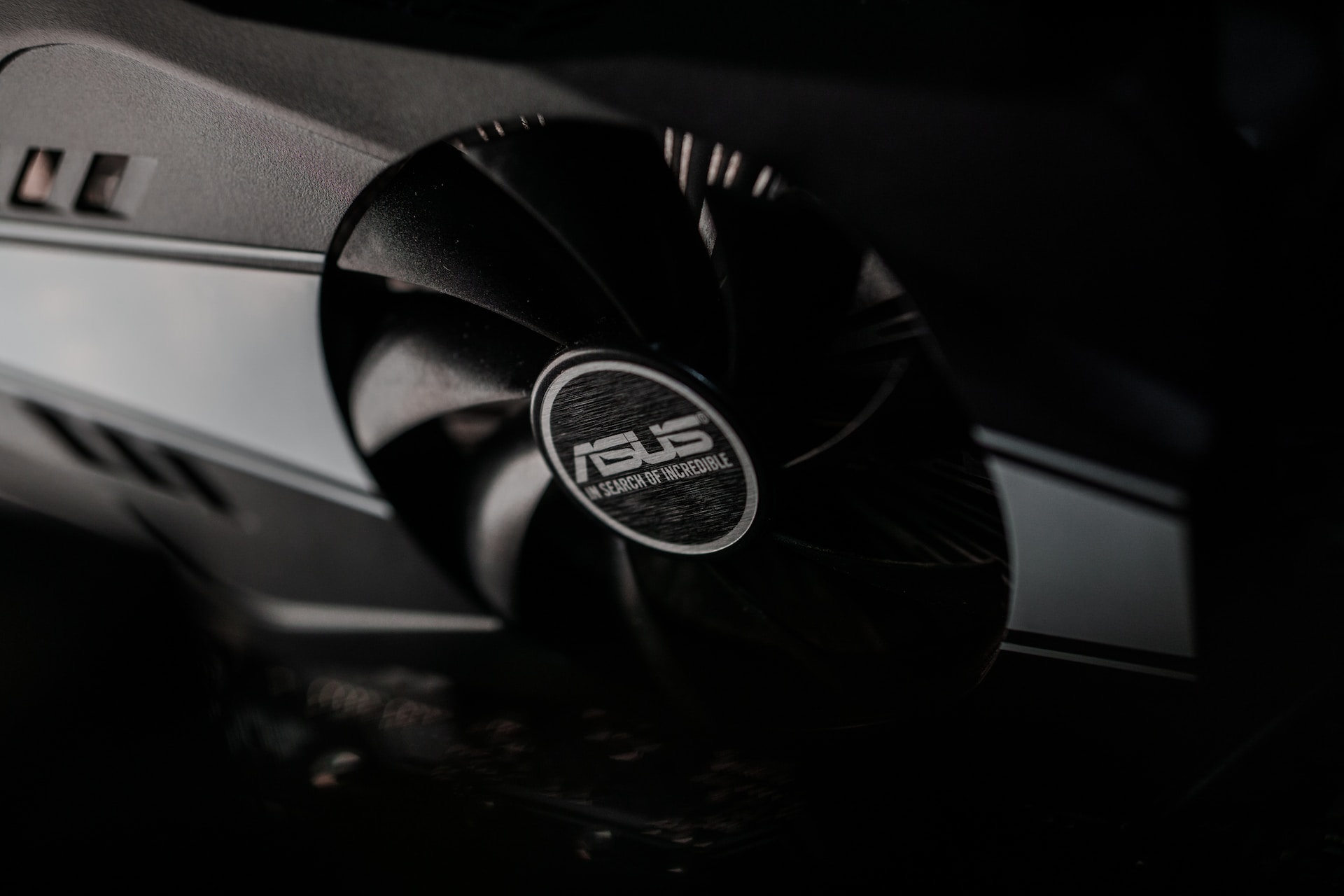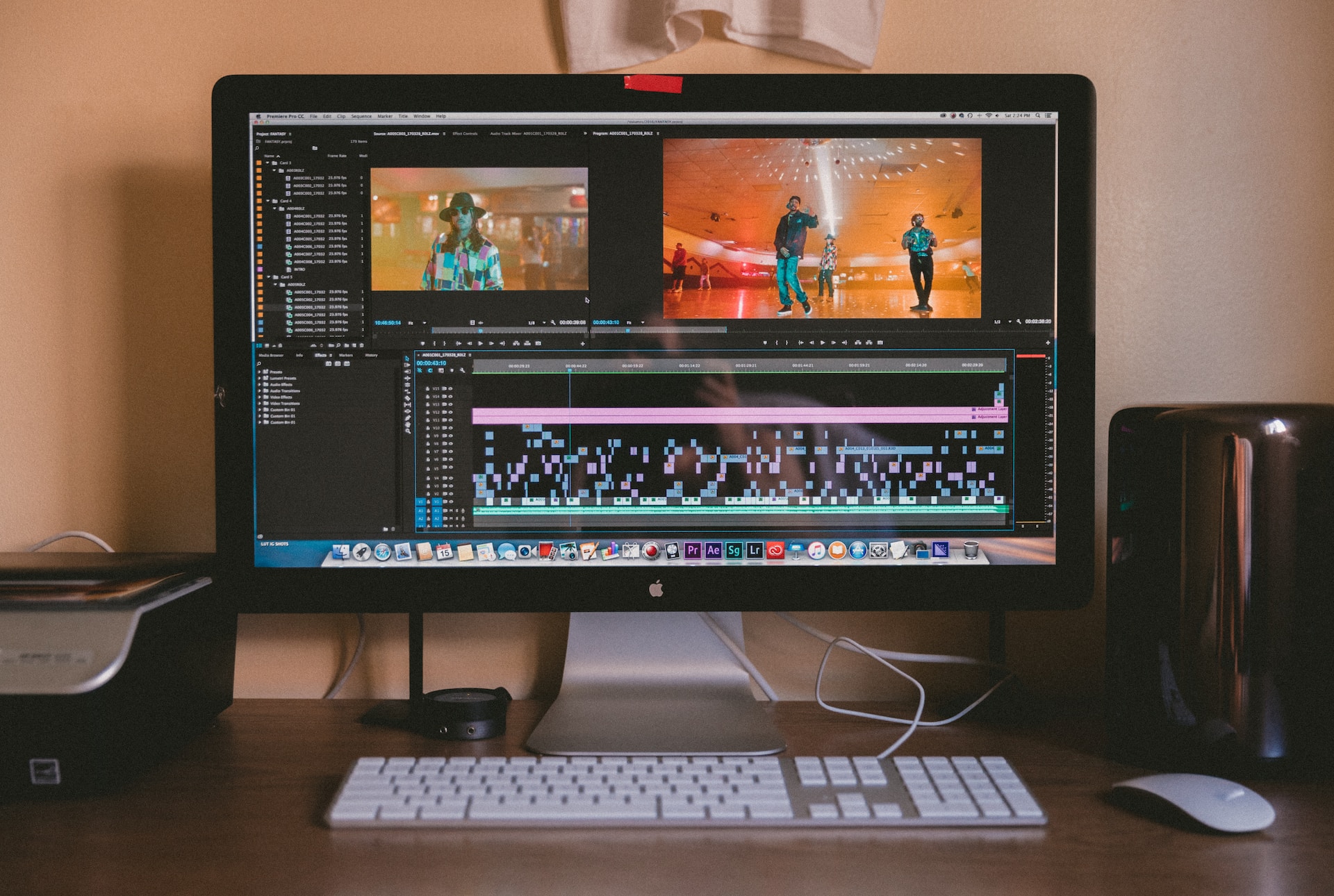Introduction
In an age where technology is constantly evolving, the preservation of video and audio archives has become increasingly important. These valuable historical materials hold significant cultural and historical significance, but they are susceptible to degradation and obsolescence over time. Digitizing video and audio archives not only helps preserve them for future generations but also provides new opportunities for accessibility, research, and cultural enrichment. In this article, we will explore the best practices for digitizing video and audio archives, ensuring that these invaluable pieces of history are safeguarded and made accessible to a wider audience.
I. Assessing and Planning the Digitization Process
Before embarking on the digitization journey, it is essential to assess the video and audio archives thoroughly. This involves evaluating the condition of the materials, determining their historical significance, and understanding the specific goals of the digitization project. Here are some key considerations:
1.1 Assessing Material Condition
Inspecting the physical condition of the video and audio materials is crucial in determining the appropriate digitization methods. Factors such as degradation, mold, or physical damage should be noted. If necessary, consulting with preservation experts or restoration professionals can provide valuable insights into the best course of action.
1.2 Identifying Historical Significance
Not all video and audio materials hold the same historical value. It is important to identify the significance of the content within the archives. This assessment helps prioritize materials for digitization, ensuring that the most important and vulnerable pieces are given priority.
1.3 Establishing Project Goals
Defining clear objectives for the digitization project is essential. Whether it is for preservation, research, or accessibility purposes, setting specific goals will help guide the entire process. This includes determining the desired format for digitization, resolution, and metadata requirements.
II. Choosing the Right Digitization Equipment and Software
Once the planning phase is complete, it is time to select the appropriate equipment and software for digitizing the video and audio archives. Here are some factors to consider:
2.1 Video Digitization Equipment
When it comes to video digitization, the choice of equipment plays a crucial role. Depending on the format of the original material (VHS, Betamax, film reels, etc.), specialized equipment may be required. High-quality analog-to-digital converters, professional-grade video players, and capture devices are essential tools for obtaining the best possible video quality during the digitization process.
2.2 Audio Digitization Equipment
For audio digitization, considerations include the format of the original material (cassettes, vinyl records, reel-to-reel tapes) and the necessary playback devices. High-quality analog-to-digital converters and audio interfaces are essential for capturing the audio content with optimal fidelity. Additionally, specialized cleaning tools may be required to remove any dust or debris from the recordings.
2.3 Digitization Software
Selecting the right digitization software is vital for achieving accurate and high-quality results. The software should support various file formats, provide options for adjusting audio and video settings, and offer robust metadata management capabilities. It is important to choose software that is both user-friendly and capable of handling large-scale digitization projects efficiently.
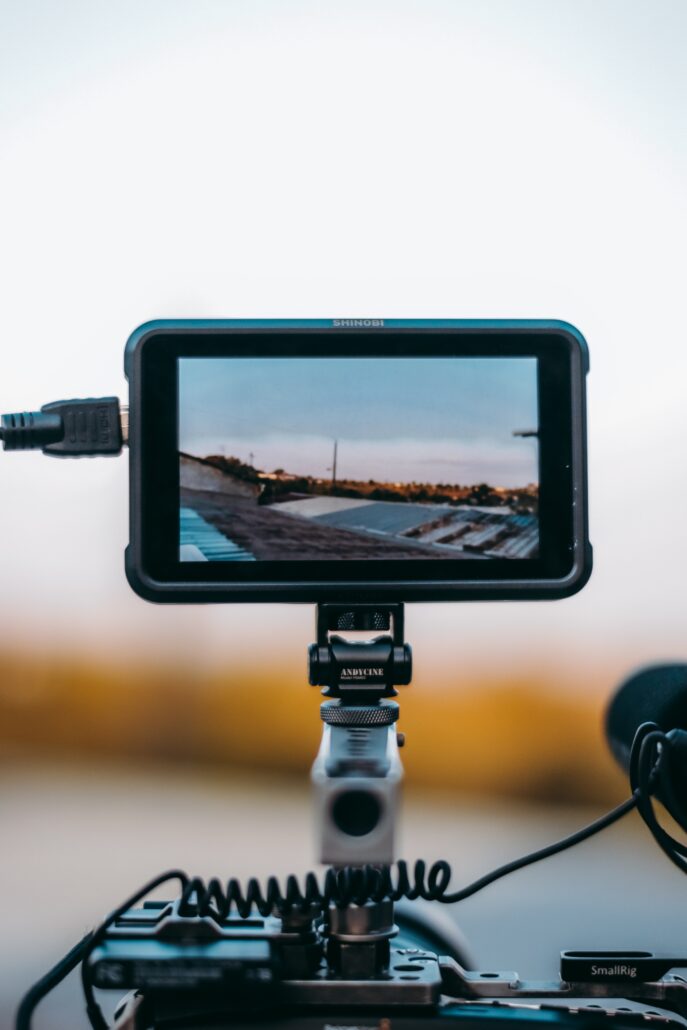
III. Digitization Workflow and Techniques
To ensure a smooth and efficient digitization process, it is crucial to establish a clear workflow and employ effective techniques. Here are some recommended practices:
3.1 Cleaning and Preparing the Materials
Before digitization, it is essential to clean and prepare the video and audio materials. This involves removing dust, dirt, and fingerprints from the surfaces to prevent interference during the digitization process. Specialized cleaning tools, such as anti-static brushes and lint-free cloths, should be used to handle delicate materials.
3.2 Handling Fragile and Damaged Materials
Fragile and damaged materials require extra care during digitization. For brittle film reels or deteriorated tapes, consulting with preservation experts or restoration professionals is advisable. They can provide guidance on handling and restoring such materials to ensure the best possible digitization outcome.
3.3 Capturing and Monitoring the Digitization Process
During the digitization process, it is important to monitor and verify the quality of the captured video and audio content continuously. Regular visual and auditory checks should be performed to ensure that no artifacts or errors are introduced during the digitization process. This includes monitoring for audio dropouts, video glitches, or other anomalies.
3.4 Metadata and Documentation
Accurate and detailed metadata is crucial for organizing and accessing digitized video and audio archives efficiently. Metadata should include information such as title, date, description, and any relevant historical context. Proper documentation of the digitization process, including the equipment used, settings applied, and any modifications made, is also essential for future reference.
Conclusion
Preserving history through the digitization of video and audio archives is an important undertaking that requires careful planning, the right equipment and software, and an effective workflow. By following best practices in assessing materials, choosing suitable equipment and software, and employing appropriate techniques, we can ensure the long-term preservation and accessibility of these valuable historical resources. With digitization, we can unlock the hidden treasures of our past and provide future generations with a richer understanding of our cultural heritage.

